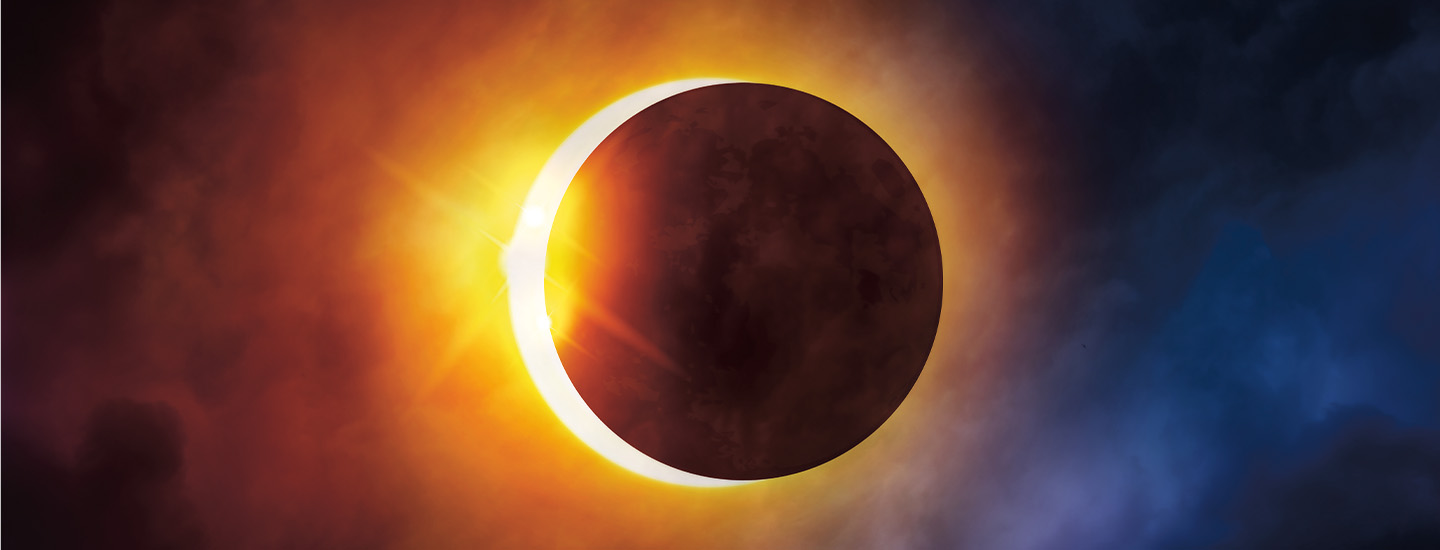Sulphur Springs, Texas, is probably not on your list of vacation destinations. The rural town is home to about 16,000 people. It typically doesn’t get many visitors.
But on Monday, April 8, that will change. More than 40,000 people are expected to flock to the area. Visitors will fill up every hotel within 30 miles. They will cram RVs and tents into fields and parking lots.
Then they will all look up at the sky.
The crowds of people hope to witness an extraordinary, once-in-a-lifetime event: a total solar eclipse.
Is Sulphur Springs, Texas, on your list of vacation destinations? Probably not. It’s a rural town. About 16,000 people live there. It doesn’t get many visitors.
But on Monday, April 8, it might have more than 40,000 visitors. Every hotel within 30 miles will be full. Fields and parking lots will be filled with RVs and tents.
Then everyone will look up at the sky.
These people hope to see something special: a total solar eclipse.
Sulphur Springs, Texas, is probably not on your list of vacation destinations. The rural town, which is home to about 16,000 people, typically doesn’t get many visitors.
But that will change on Monday, April 8, when more than 40,000 people are expected to flock to the area. Every hotel within 30 miles will fill up with visitors, and fields and parking lots will be crammed with RVs and tents.
Then everyone will look up at the sky.
The crowds of people hope to witness an extraordinary, once-in-a-lifetime event: a total solar eclipse.

